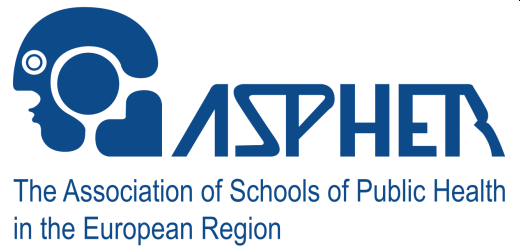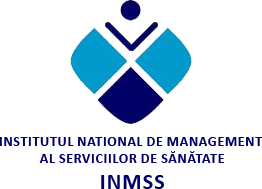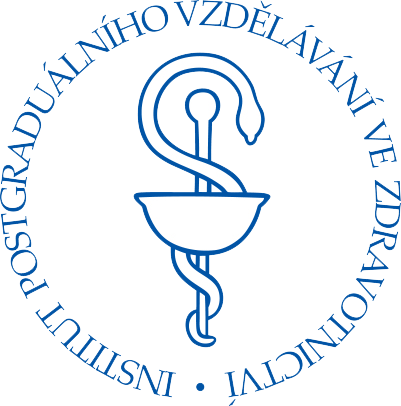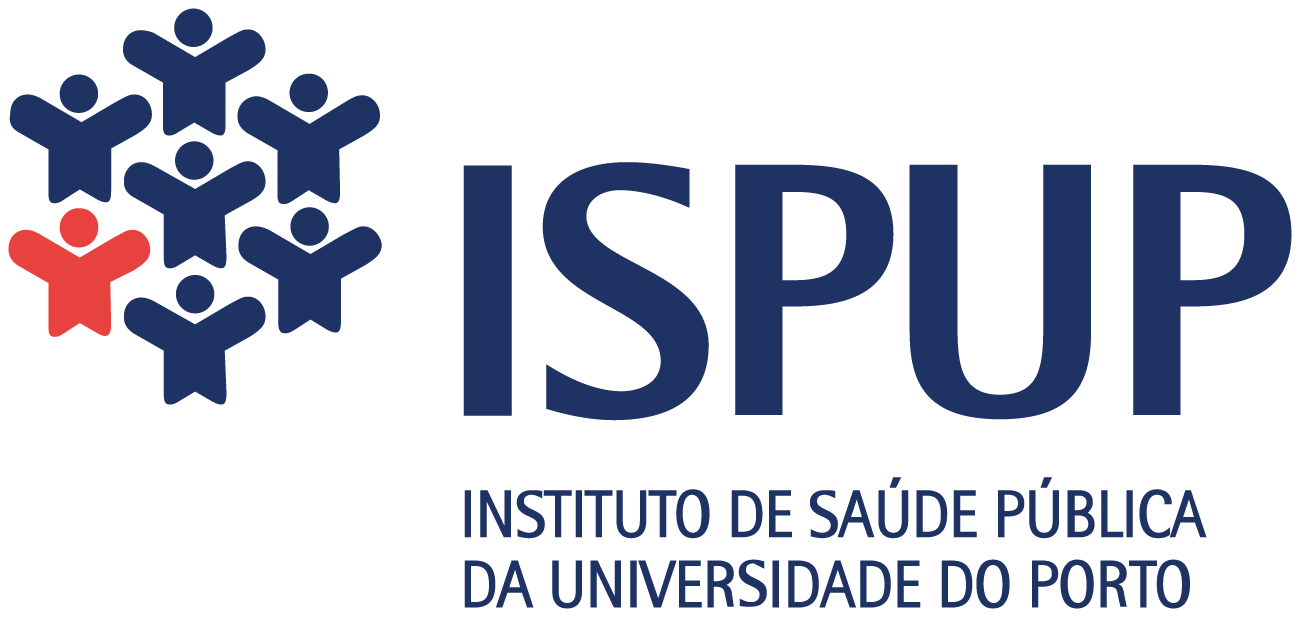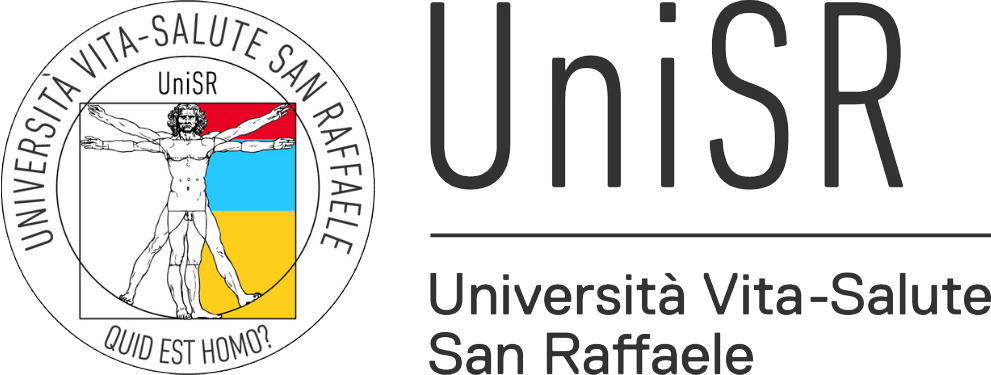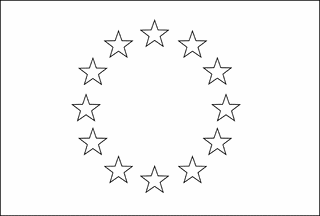 VAX-Action: Tackling Effectively Vaccine Hesitancy in Europe (101133273-EU4H-2022-PJ-5) is co-funded by the EU4Health program.
VAX-Action: Tackling Effectively Vaccine Hesitancy in Europe (101133273-EU4H-2022-PJ-5) is co-funded by the EU4Health program. Work Package 1: Management and coordination
Lead: IHMT, NOVA University Lisbon, PORTUGAL
To manage and coordinate the project, arrange meetings, monitoring and evaluation of the project, to grant the financial management, and the writing, delivering and management of progress reports and to ensure that project findings and results strictly adhere to national and European laws governing privacy, data protection, and voluntary project participation, as well as to oversee its implementation and the implementation of interventions, besides the handling of data and responsible dissemination.
Work Package 2: Europe-wide interventions mapping and critical appraisal
Lead: University Vita-Salute San Raffaele, Milan, ITALY
General objective:
To identify the content and outcomes of interventions aimed to address vaccine hesitancy in the northern hemisphere to inform the design of a robust and cohesive action plan to reduce vaccine hesitancy in EU member states and beyond (aim of intervention stage - WPs 3, 4 and 5).
Specific objectives:
WP2 aims to provide answers to the following questions:
Work Package 3: Oversight of interventions and external evaluation
Lead: IHMT, NOVA University Lisbon, PORTUGAL
General objective:
The general objective of WP3 is twofold: to oversee the overall consistency of tailored and evidence-based interventions designed for frontline health workers (WP4) and targeted populations (WP5) in the different target regions, and to design and implement the external evaluation plan of those interventions.
Specific objectives:
WP3 aims to provide answers to the following questions:
Work Package 4: Interventions targeting FHW for vaccine promotion towards hesitant users
Lead: Institute Pasteur, FRANCE
General objective:
To tailor, implement and evaluate interventions designed for frontline health workers (FHW) in five partner countries, which them to accompany vaccine hesitant users and patients.
Specific objectives:
WP4 aims to provide answers to the following questions:
Work Package 5: Interventions targeting vulnerable populations’ misconceptions and knowledge
Lead: National School of Public Health, Management and Professional Development, ROMANIA
General objective:
To tailor, implement and evaluate interventions designed to reduce vaccine hesitancy among targeted populations by addressing misconceptions and increasing knowledge about vaccines and related diseases.
Specific objectives:
WP5 aims to provide answers to the following questions:
Work Package 6: Recommendations, communication, dissemination and exploitation
Lead: The Association of Schools of Public Health in the European Region (ASPHER), BELGIUM
General Objective:
To engage in dialog with relevant stakeholders, providing target-country specific and EU wide recommendations to deal with vaccine hesitancy, distributing these recommendations and the project work and results widely to relevant audiences (public health and health care communities, EU and country specific stakeholders, and the broader public).
Specific Objectives:
Intended outcome:
To engage stakeholders at all levels and assess solutions based on country-specific factors and further to communicate country specific and EU-wide recommendations to combat vaccine hesitancy to relevant actors in public health, health care and policy arenas based on the implemented pilot activities so that they may be sustained and scaled up across EU country settings after the project period.

